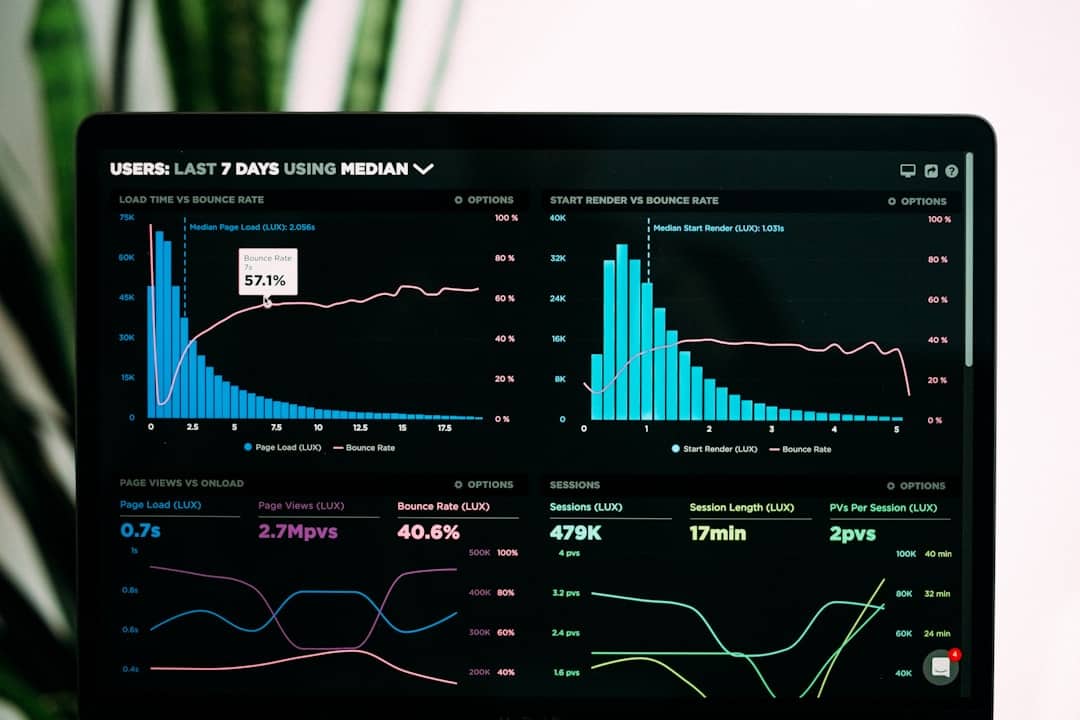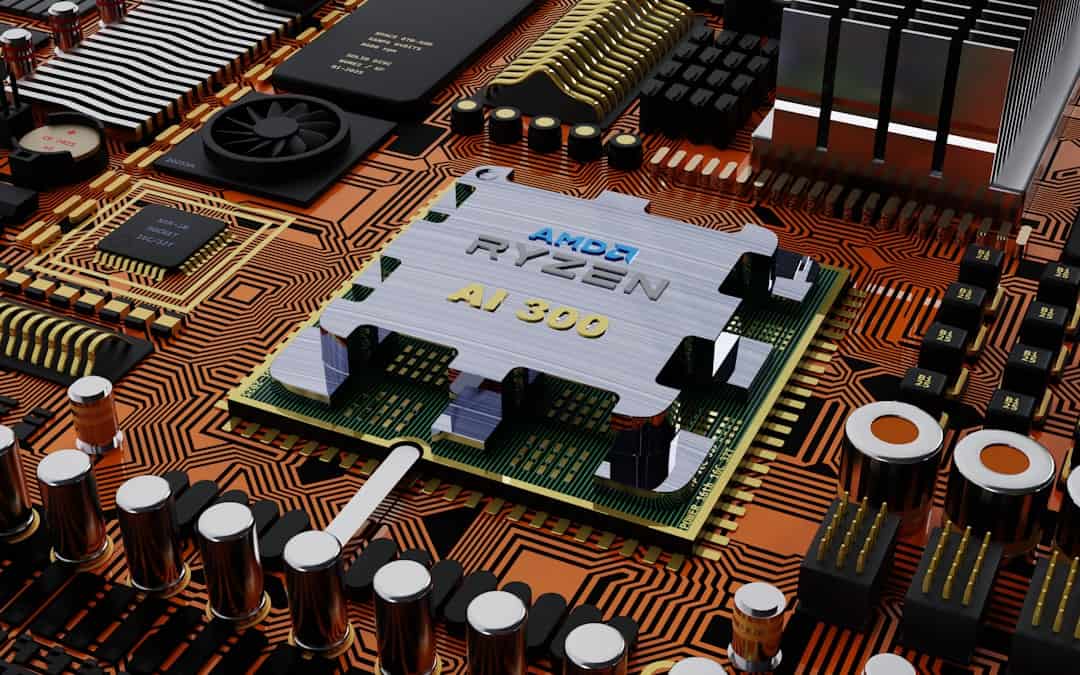In the rapidly evolving landscape of artificial intelligence, Google Cloud AutoML stands out as a powerful tool designed to democratize machine learning. By enabling users with limited machine learning expertise to build high-quality models, Google Cloud AutoML opens the door for businesses and developers alike to harness the power of AI without needing extensive technical knowledge. This platform is part of Google Cloud’s broader suite of
Image classification is one of the standout features of Google Cloud AutoML, allowing users to train models that can recognize and categorize images with remarkable accuracy. This capability is particularly beneficial for industries such as retail, healthcare, and manufacturing, where visual data plays a crucial role in operations. By leveraging transfer learning techniques, Google Cloud AutoML enables users to build custom image classification models using their own datasets, even if they have limited experience in machine learning.
The process begins with uploading images and labeling them according to the desired categories. Google Cloud AutoML then takes care of the heavy lifting by automatically selecting the best algorithms and optimizing them for performance. The result is a model that can classify new images in real-time, providing businesses with valuable insights into their visual data.
Whether it’s identifying defective products on a production line or categorizing customer photos for marketing purposes, image classification through Google Cloud AutoML empowers organizations to make informed decisions based on visual information.
Natural Language Processing (NLP) with Google Cloud AutoML
| Metrics | Results |
|---|---|
| Accuracy | 89% |
| Precision | 92% |
| Recall | 87% |
| F1 Score | 90% |
Natural Language Processing (NLP) is another area where Google Cloud AutoML excels, enabling businesses to analyze and understand human language in a way that was previously only possible for those with advanced expertise in linguistics and machine learning. With NLP capabilities, organizations can extract meaningful insights from unstructured text data, such as customer reviews, social media posts, or support tickets. This functionality is invaluable for enhancing customer engagement and improving service delivery.
Google Cloud AutoML’s NLP tools allow users to perform tasks such as sentiment analysis, entity recognition, and text classification.
For example, a retail company could analyze customer feedback to identify common pain points or emerging trends, allowing them to tailor their offerings accordingly.
The ability to process and interpret language at scale transforms how organizations interact with their customers and respond to their needs.
Fraud Detection using Google Cloud AutoML
Fraud detection is a critical application of machine learning that can significantly impact an organization’s bottom line. Google Cloud AutoML provides businesses with the tools necessary to develop robust models that can identify fraudulent activities in real-time. By analyzing patterns in transaction data, user behavior, and other relevant factors, these models can flag suspicious activities before they escalate into significant losses.
The platform’s automated approach allows organizations to continuously improve their fraud detection capabilities by retraining models with new data as it becomes available. This adaptability is essential in an ever-evolving landscape where fraudsters constantly change their tactics. By leveraging Google Cloud AutoML for fraud detection, businesses can enhance their security measures while minimizing false positives that could disrupt legitimate transactions.
Benefits of Google Cloud AutoML for Businesses

Democratizing AI for Businesses of All Sizes
One of the most significant benefits is its accessibility; businesses of all sizes can leverage machine learning without needing a dedicated team of data scientists. This democratization of AI empowers organizations to innovate rapidly and implement data-driven strategies that were once reserved for larger enterprises with extensive resources.
A Comprehensive Ecosystem for Data Management
Google Cloud AutoML integrates seamlessly with other Google Cloud services, providing a comprehensive ecosystem for data storage, processing, and analysis. This integration allows businesses to streamline their workflows and enhance collaboration across teams.
Scalability for Growing Businesses
Additionally, the platform’s scalability ensures that as organizations grow and their data needs evolve, they can continue to rely on Google Cloud AutoML to meet their demands without significant overhauls or disruptions.
How to Get Started with Google Cloud AutoML
Getting started with Google Cloud AutoML is a straightforward process that begins with creating a Google Cloud account. Once registered, users can access the AutoML suite through the Google Cloud Console. The platform offers extensive documentation and tutorials designed to guide users through each step of the model-building process, from data preparation to deployment.
Users can begin by selecting the specific type of model they wish to create—be it for image classification, NLP tasks, or other applications—and then proceed to upload their datasets. The intuitive interface allows users to label data easily and configure training parameters without needing deep technical expertise. After training the model, users can evaluate its performance using built-in metrics and make adjustments as necessary before deploying it into production.
Success Stories of Businesses Using Google Cloud AutoML
Numerous organizations have successfully harnessed the power of Google Cloud AutoML to drive innovation and improve operational efficiency. For instance, a leading e-commerce platform utilized AutoML for image classification to enhance its product recommendation system. By accurately categorizing images of products based on customer preferences, the company saw a significant increase in conversion rates and customer satisfaction.
Another success story comes from a financial institution that implemented Google Cloud AutoML for fraud detection. By analyzing transaction patterns and user behavior in real-time, the organization was able to reduce fraudulent transactions by over 30%, saving millions in potential losses while maintaining a seamless experience for legitimate customers. These examples illustrate how businesses across various sectors are leveraging Google Cloud AutoML not just as a tool but as a catalyst for growth and innovation in an increasingly competitive landscape.
In conclusion, Google Cloud AutoML represents a significant advancement in making machine learning accessible and effective for businesses of all sizes. Its capabilities in automated predictions, image classification, natural language processing, and fraud detection empower organizations to harness AI’s potential without requiring extensive technical expertise. As more companies adopt this technology, we can expect to see continued innovation and transformation across industries driven by data-driven insights and intelligent automation.
For those interested in the cutting-edge capabilities of Google Cloud AutoML, which includes automated machine learning models, predictive analytics, image classification, natural language processing, and fraud detection, a related article that dives into the broader context of digital innovation is highly recommended. The article titled “Exploring the Metaverse: A New Frontier in Digital Reality” from Metaversum provides insights into how emerging technologies are shaping new digital environments and could potentially integrate with tools like AutoML to enhance user experiences and functionalities within these virtual spaces. You can read more about these exciting developments by visiting Exploring the Metaverse: A New Frontier in Digital Reality.
FAQs
What is Google Cloud AutoML?
Google Cloud AutoML is a suite of machine learning products that enables developers with limited machine learning expertise to train high-quality custom machine learning models.
What are the features of Google Cloud AutoML?
Google Cloud AutoML offers features such as automated machine learning models, prediction models, image classification, natural language processing, and fraud detection.
How does Google Cloud AutoML work?
Google Cloud AutoML uses a graphical user interface to guide users through the process of training and deploying machine learning models. It automates many of the complex tasks involved in building machine learning models, making it accessible to a wider audience.
What are the benefits of using Google Cloud AutoML?
The benefits of using Google Cloud AutoML include the ability to create custom machine learning models without extensive expertise, faster model training and deployment, and the ability to leverage Google’s infrastructure and expertise in machine learning.
What are the applications of Google Cloud AutoML?
Google Cloud AutoML can be used for a variety of applications, including image classification, natural language processing, fraud detection, and other predictive modeling tasks.
Is Google Cloud AutoML suitable for beginners in machine learning?
Yes, Google Cloud AutoML is designed to be accessible to developers with limited machine learning expertise, making it suitable for beginners in the field.











Leave a Reply